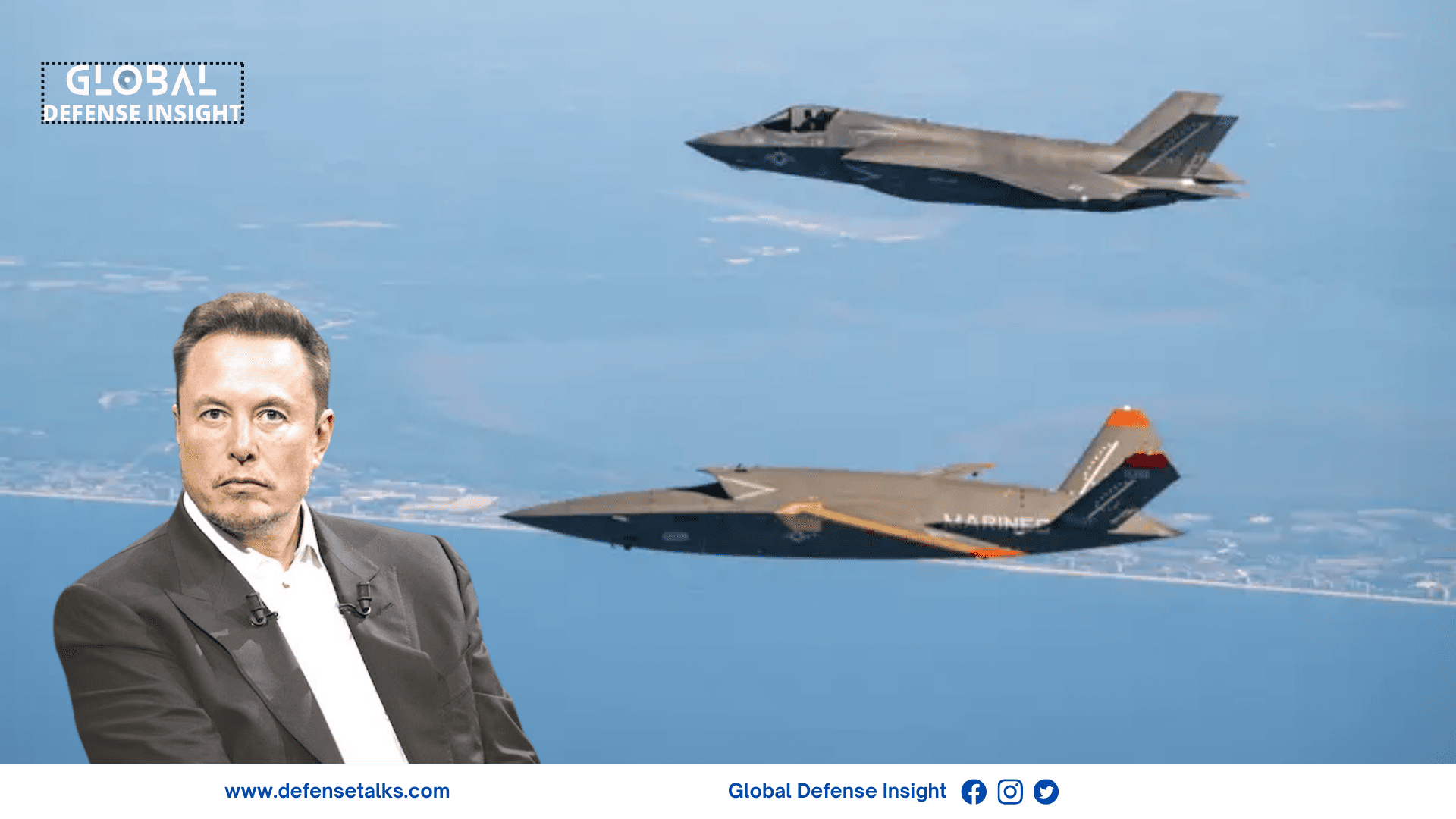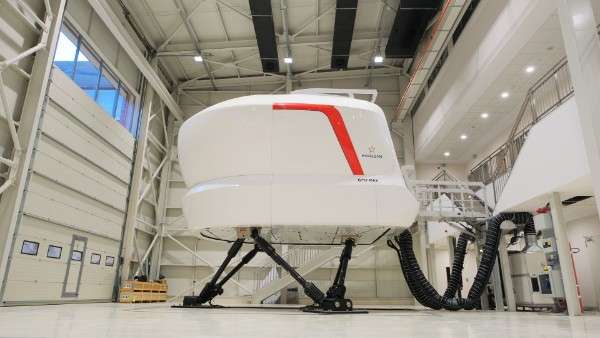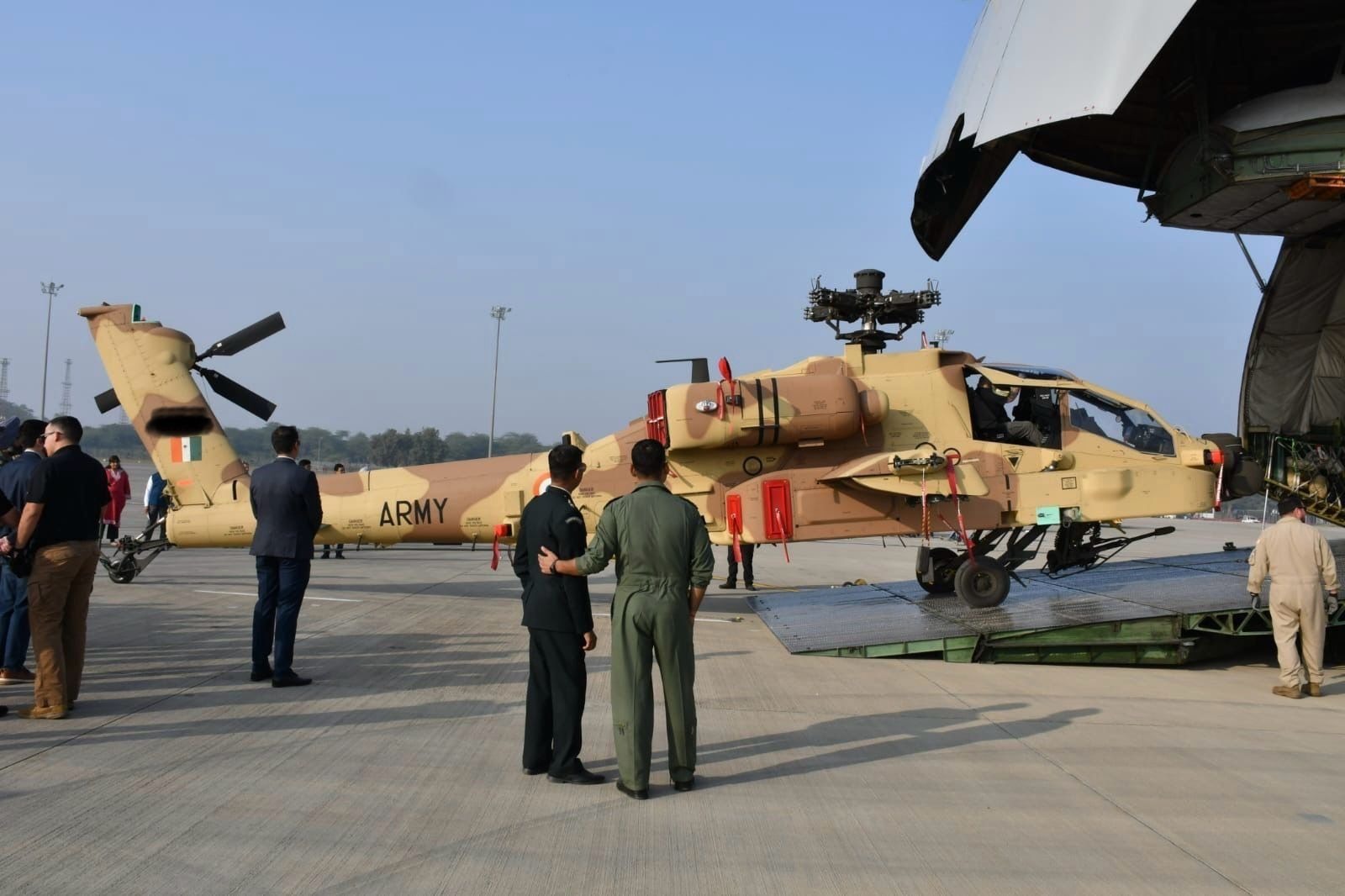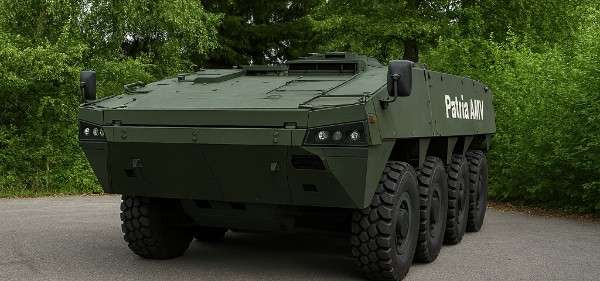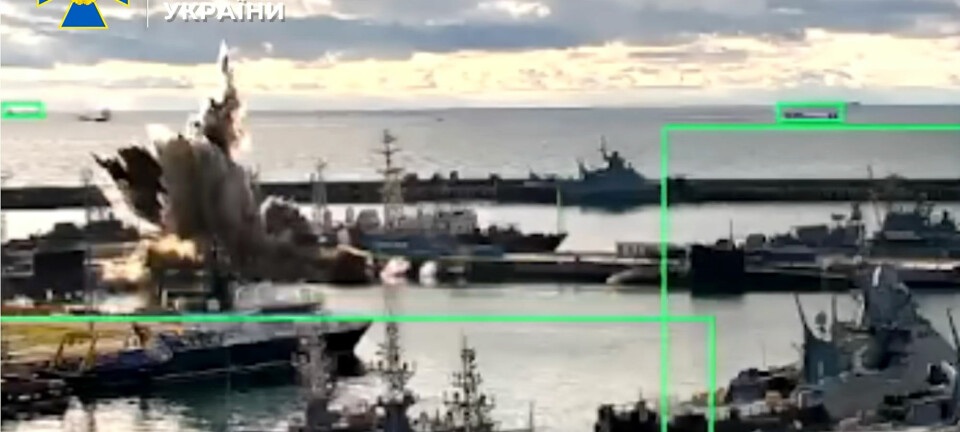Elon Musk recently sparked a lively debate on the future of fighter jets and unmanned aerial systems (UAS) with several posts on his social media platform ‘X’. This wasn’t the first time Musk expressed his views on military aviation. Few years ago, during a discussion with Air Force Association’s Air Warfare Symposium, he openly expressed his thoughts that era of fighter jet is ending and drone is future. His remarks were not well-received and were dismissed by aviation community. But now his current role as a co-leader of an advisory body to the U.S. government under Donald Trump gives his opinions more weightage. Musk’s statements about builders of F-35 stealth fighter jets being idiots, and favoring of unmanned swarm systems has stirred heated arguments.
Musk argued that manned fighter jets like the F-35 are becoming obsolete in the face of advancing drone technologies. However, the technology for fully autonomous drone operations, especially in complex environments, is still in its infancy. Even if drones could theoretically replace manned jets, their operational limitations, such as endurance, payload capacity, and survivability, remains significant barriers.
Musk’s suggestion that drones could outperform manned fighters in all roles oversimplifies the operational realities of aerial combat. Quadcopters, for example, have numerous shortcomings as such systems lack the range, speed, and payload capacity needed for most combat aircraft missions. Fighter jets, such as the F-35, can carry up to eight tons of weapons and travel thousands of miles, capabilities unmatched by current unmanned systems. While drone swarms are being explored, they are far from being a practical replacement for the versatility of manned aircraft.
In one of his posts, Musk stated that fighter jets are inefficient for extending missile range or dropping bombs. He argued that reusable drones could accomplish these tasks without the burden of a human pilot. This perspective shows Musk’s understanding of the basic role of fighter jets but overlooks critical factors like payload, speed, and endurance. Current fighter jets carry multiple tons of munitions and feature advanced avionics and sensors, enabling them to engage in a wide range of combat scenarios. Unmanned systems, though promising, currently lack the versatility and reliability of manned aircraft.
The U.S. Air Force’s current strategy reflects the complexity of balancing manned and unmanned capabilities. The service, in collaboration with companies like General Atomics and Anduril is investing in loyal wingman drones designed to complement manned fighters like the F-35. These drones are expected to perform specific tasks, such as reconnaissance, air combat, land-strike or electronic warfare, while leaving the more complex missions to human pilots. This hybrid approach acknowledges the strengths and limitations of both manned and unmanned systems, ensuring operational flexibility.
Musk’s assertion that drones could dominate future warfare relies heavily on assumptions about technological advancement. While it is true that unmanned systems are likely to play a more prominent role in future conflicts, their limitations must be addressed before they can reliably replace manned aircraft. Current drone technology struggles with challenges such as effective autonomy, communication security, and survivability in complex environments. For example, small and cheap drone jets lack the sensors and defenses needed to evade advanced missile systems. Even larger unmanned systems cannot match the range or firepower of manned jets. Additionally, without the advanced sensors and defensive systems found in manned jets, drones as stand-alone asset are more susceptible to interception. While their lower cost and potential for mass production are advantageous, drones simply cannot yet match the effectiveness of manned jets in contested airspace.
Another contentious point in Musk’s posts was his criticism of the F-35 program. While the program has faced several challenges, the F-35 remains a cornerstone of U.S. airpower. Its advanced stealth features, sensor fusion, network centricity, and ability to perform multiple roles make it indispensable for modern air forces. Musk’s critique, though partially valid, ignores the strategic necessity of maintaining a fleet of advanced manned aircraft. The Pentagon cannot afford to abandon the F-35 program while next-generation technologies are still in the developmental phase.
Musk also highlighted the growing importance of hypersonic weapons and drones in future warfare, a point that aligns with broader military trends. However, he underestimated the timeline required for these technologies to mature. Developing and mass-producing advanced systems, whether hypersonic missiles or autonomous drones, is expensive undertaking and takes decades. The U.S. military and its counterparts in China and other nations are investing heavily in these areas, but fully autonomous and combat-ready drones remain a long-term goal rather than an immediate reality.
Musk’s bold statements, while thought-provoking, risk oversimplifying the complexities of modern air combat. His assertion that unmanned systems can replace manned jets entirely overlooks the challenges of survivability, autonomy, and integration. While drones are likely to play a more prominent role in future conflicts, they will complement rather than replace manned systems in the near term. The development of next-generation technologies, including autonomous drones and hypersonic weapons, will shape the future of warfare, but this transformation will take time. Ultimately, the success of unmanned systems will depend on their ability to address current limitations and prove their effectiveness in real-world scenarios. Until then, manned aircrafts like the fifth generation will remain the most advance component of modern air-forces around the globe.
Table of Contents
ToggleAhmad Ibrahim
Author is Research Associate at Pakistan Navy War College, Lahore.
- Ahmad Ibrahim


